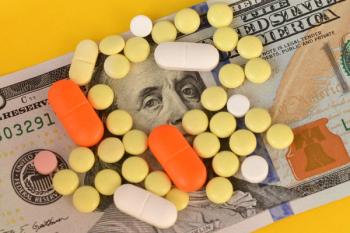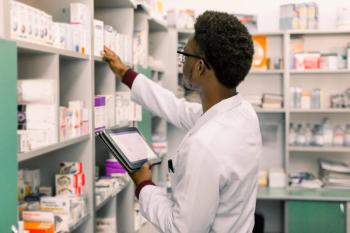
- Drug Topics February 2018
- Volume 162
- Issue 2
The New Type 2 Diabetes Technologies Pharmacists Need to Know About
Pharmacists need to stay informed about new technologies in order to help diabetic patients take advantage.
New diabetes technology will give patients access to more data about their health status and will add convenience and customization to management strategies. But pharmacists will need to stay informed about these new advances in order to help patients prepare for the changes ahead.
"I think that's a big piece of what pharmacists do is educate the patient not only on their disease but on the options that are out there," says Jonathan Marquess, PharmD, CDE, FAPhA, president of the
Industry experts say that as
David T. Ahn, MD, endocrinologist and assistant clinical professor of medicine at UCLA, says that in the future, tools previously used to treat type 1 diabetes will become more accessible for those with the type 2.
Related article:
In 2017, Abbott announced the approval of the
According to Ahn, the Freestyle Libre is a more affordable continuous monitoring system, making it a more appealing treatment option for more patients. "It really hits a convenience and price sweet spot for patients and insurers," he says. For many type 2 diabetes patients, the device may be the first time they are able to trace their blood glucose levels throughout the day.
In the next few years, more patch pumps are expected to hit the market, Ahn says. The
Another theme in new technology is the ability to electronically track patient data. More wireless glucose meters are also smartphone compatible, allowing patients and health professional to keep diaries and logs for insulin, activity, diet, and blood glucose levels, Ahn says.
Smart insulin pens that automatically capture the date, time, and dose of insulin delivered will also help patients keep better records.
Up next: Adherence in the pharmacy
In pharmacies, more sophisticated software is allowing pharmacists to better track patient adherence and plan interventions for patients in need. For example, McKesson Pharmacy Technology and Services'
"The adherence tool does a lot of analytics and also provides a detailed views of that patient's profile and patient handouts they could use to engage with their patients," says Heather Cusick, RPh, director of product management for clinical services at McKesson. The program is often used in combination with the company's Clinical Program Solution, which takes the data and works it into a pharmacy's work flow, she says.
Related article:
Further down the road, Ahn said the industry will see a gradual movement toward closed-loop or artificial pancreas systems that strive to mimic a healthy body's normal activity.
Other potential advances include noninvasive ways to monitor glucose. Apple is said to be working on such a device, but no details have been made public.
Pharmacists can play a role in the years ahead by helping patient's navigate through new treatment options and helping them tailor a treatment approach that works best for them, Marquess says.
Articles in this issue
almost 8 years ago
Urinary Incontinence: What Pharmacists Should Knowalmost 8 years ago
Nutraceuticals: New Opportunities for Pharmacistsalmost 8 years ago
Pharmacists on the Front Line in Treating Cardiac Diseasealmost 8 years ago
Walgreens Teams Help Oncology Patientsalmost 8 years ago
The Obstacles That Impede Biosimilarsalmost 8 years ago
Months Later, Drug Shortages Still a Problemalmost 8 years ago
Patients Like Pharmacies That Give Preventive Carealmost 8 years ago
The Value of a Pharmacistalmost 8 years ago
Pharmacists Are the Vitamins of Healthcarealmost 8 years ago
Tamper-Resistant Oxycodone Reduces Use by AbusersNewsletter
Pharmacy practice is always changing. Stay ahead of the curve with the Drug Topics newsletter and get the latest drug information, industry trends, and patient care tips.





























































































































